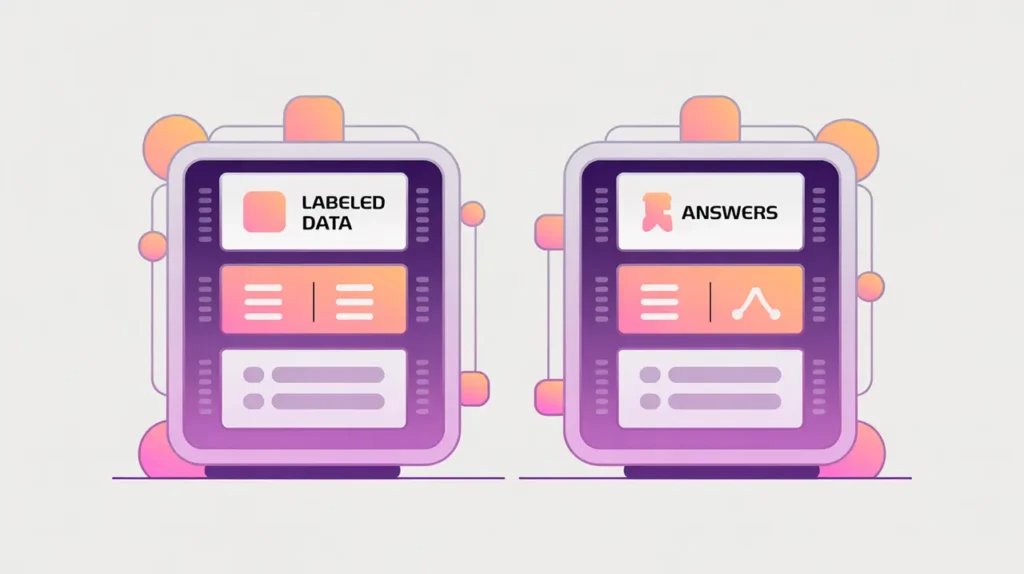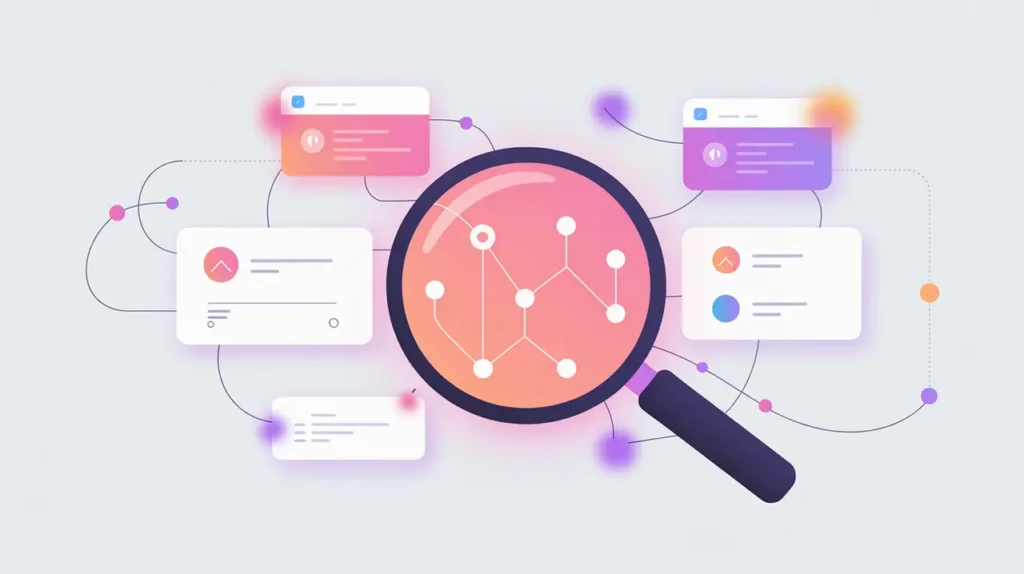Importance of Perplexity and Calibration
Perplexity and calibration are two important concepts for evaluating how well language models perform. Perplexity measures how confidently a model predicts the next word in a sequence, serving as a proxy for fluency and efficiency. Calibration measures how well a model’s confidence in its outputs matches its actual accuracy. Together, they provide insights into both technical performance and practical reliability. Their importance today lies in the widespread adoption of large language models for decision support in sensitive domains, where trust depends on knowing whether an output is both fluent and correct.
For social innovation and international development, perplexity and calibration matter because organizations often use AI to guide actions in contexts where resources are scarce and mistakes are costly. A model that sounds confident but is poorly calibrated can mislead decision-makers, while one with high perplexity may fail to communicate clearly. Evaluating these aspects ensures systems support, rather than undermine, mission-driven work.
Definition and Key Features
Perplexity is a statistical measure of how well a language model predicts a given sequence of words. Lower perplexity indicates that the model assigns higher probability to the correct sequence, suggesting greater fluency. It has long been a standard benchmark for comparing models, though it does not capture meaning or factual accuracy.
Calibration assesses whether a model’s confidence scores match the likelihood of correctness. A perfectly calibrated system would be right 70 percent of the time when it reports 70 percent confidence. Many modern language models are miscalibrated, often expressing high confidence in incorrect outputs. Calibration therefore complements perplexity by evaluating reliability, not just fluency.
How this Works in Practice
In practice, perplexity is calculated during training or evaluation by comparing the model’s predicted probabilities with actual sequences in test data. It provides developers with a measure of how efficiently the model encodes language patterns. Calibration is measured through techniques such as reliability diagrams, which plot predicted confidence against actual accuracy. Models can be recalibrated using post-processing methods like temperature scaling.
While perplexity and calibration are technical concepts, they highlight broader issues in AI adoption. Perplexity tells us whether a model “speaks smoothly,” while calibration tells us whether it “knows what it knows.” Both are necessary for building systems that are not only eloquent but also trustworthy in practice.
Implications for Social Innovators
For mission-driven organizations, perplexity and calibration directly affect how AI tools perform in real-world applications. In education, a poorly calibrated tutor may mislead students by presenting uncertain answers with excessive confidence. In health, high-perplexity outputs may confuse clinicians or patients by generating unclear or incoherent advice. In humanitarian work, decision-support systems must be calibrated to avoid overconfidence in volatile or incomplete datasets.
Strong calibration and low perplexity help ensure AI systems communicate effectively and honestly, supporting better outcomes in sectors where accuracy and trust are non-negotiable.







